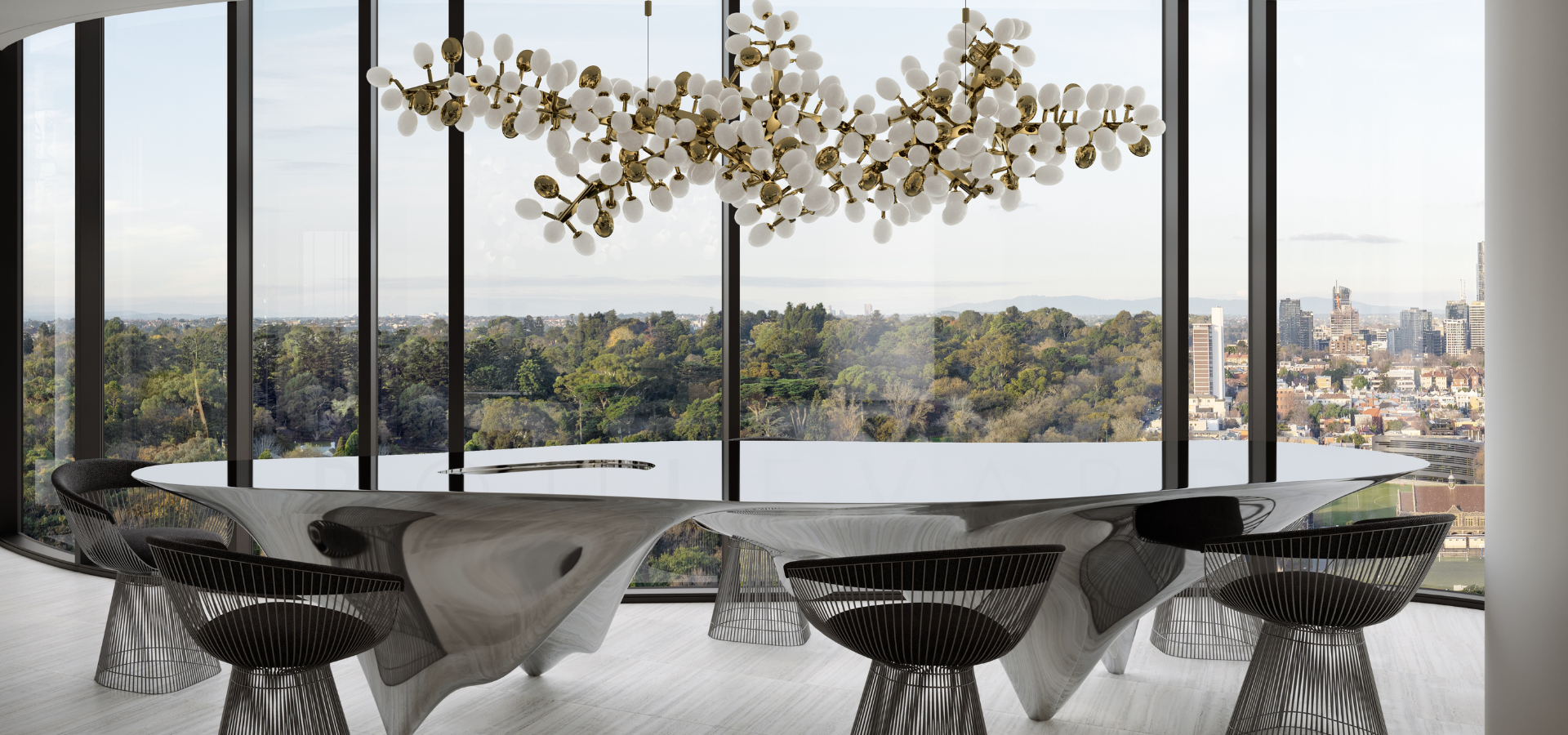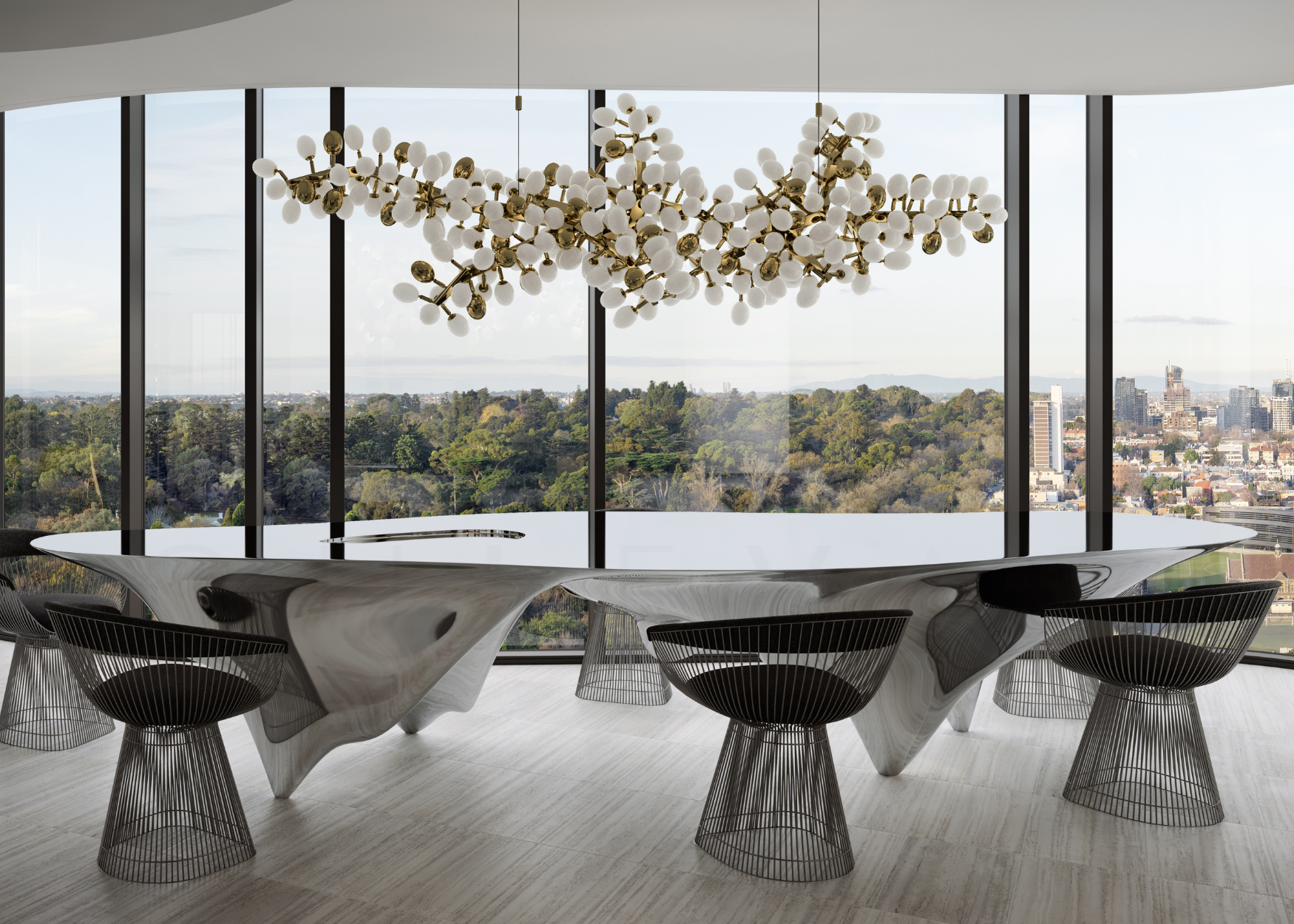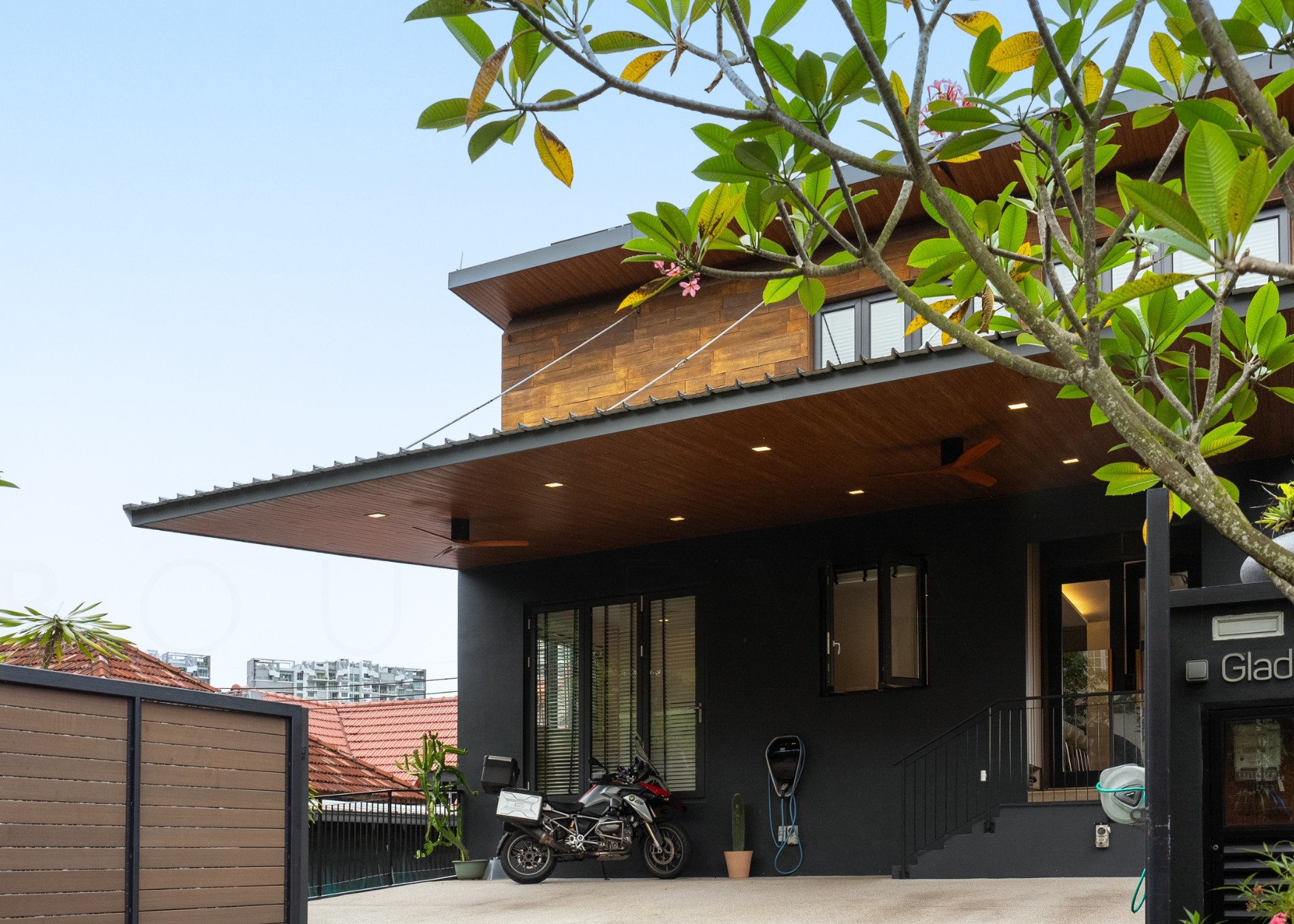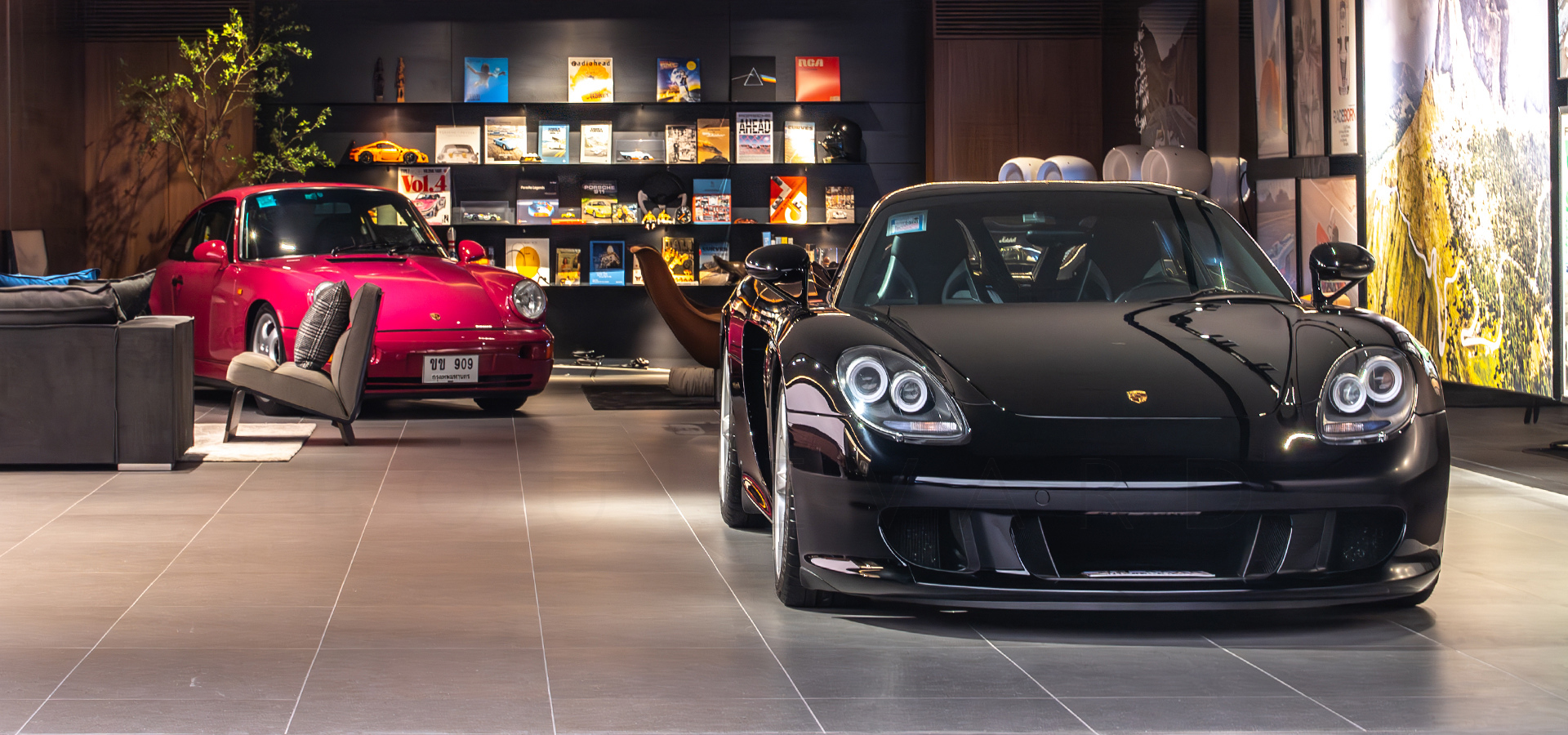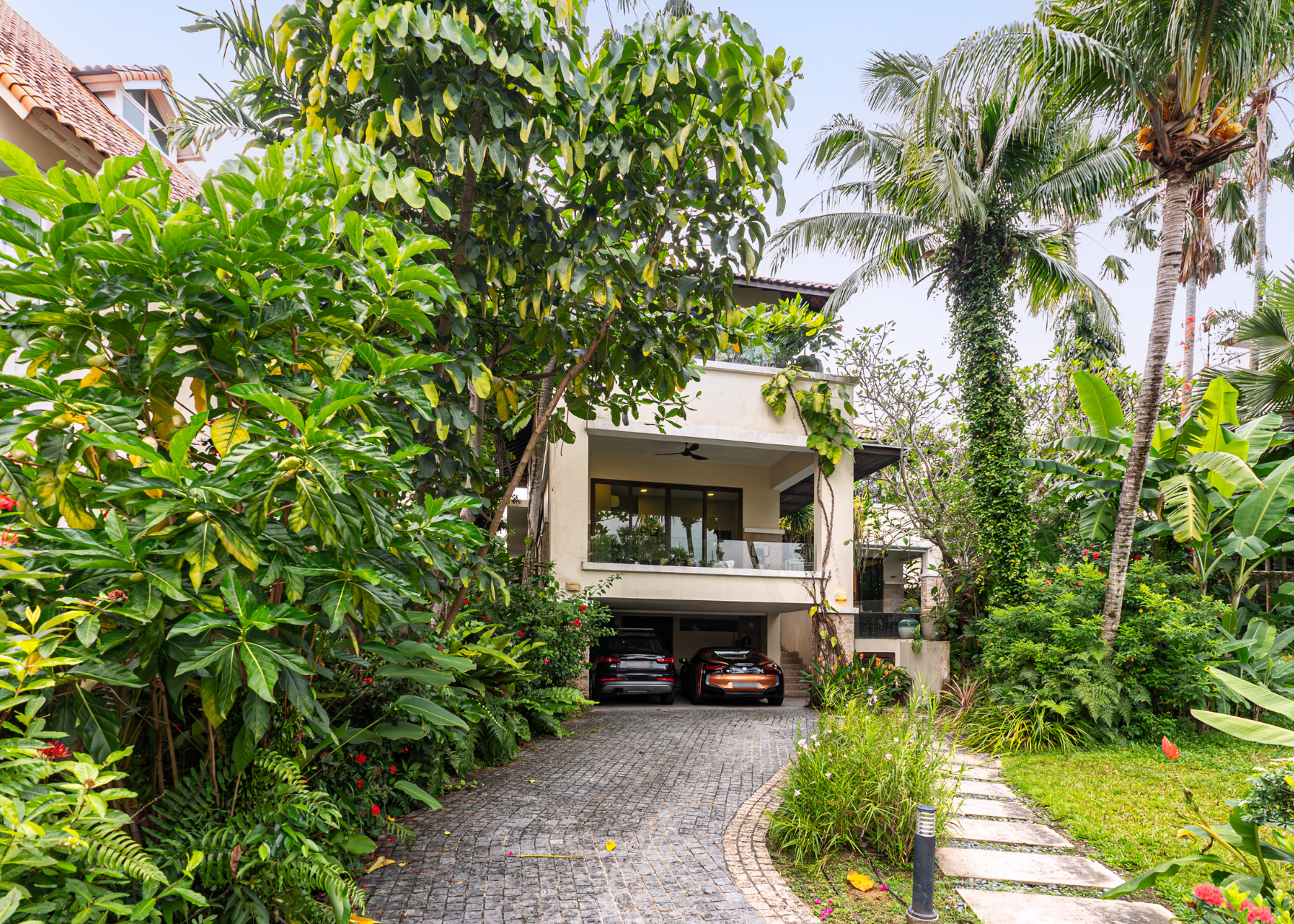The interview: Studio Terrando’s Léo Terrando on crafting bespoke spaces from Byron Bay to Melbourne and the future of luxury design
by Hamish McDougall
Founded in 2021, Studio Terrando is an Australia-based architecture and interior design practice that has quickly earned a reputation for creating highly considered, bespoke spaces. Its design language draws from the cinematic flair of the French New Wave and the expressive minimalism of Italian modernism, bringing a European sensibility into an Australian context.
For founder and creative director Léo Terrando, design is above all a dialogue with the client. His vision of luxury design is rooted not in excess, but in exclusivity—where no two projects are alike, and each carries its own character. “For me, luxury means exclusivity, and once it starts being repeated, it’s no longer luxury. So in homes, we focus on beautiful finishes, layered textures and a more minimal approach.”
Whether residential, commercial or hospitality, every Studio Terrando project is conceived as an immersive environment—carefully resolved through proportion, flow, and the fine balance between structure and expression.
Boulevard sits down with Terrando to explore how he approaches design in Byron Bay, how those ideas translate to cities like Sydney and Melbourne, and what today’s clients are seeking—and expecting—from contemporary luxury design.
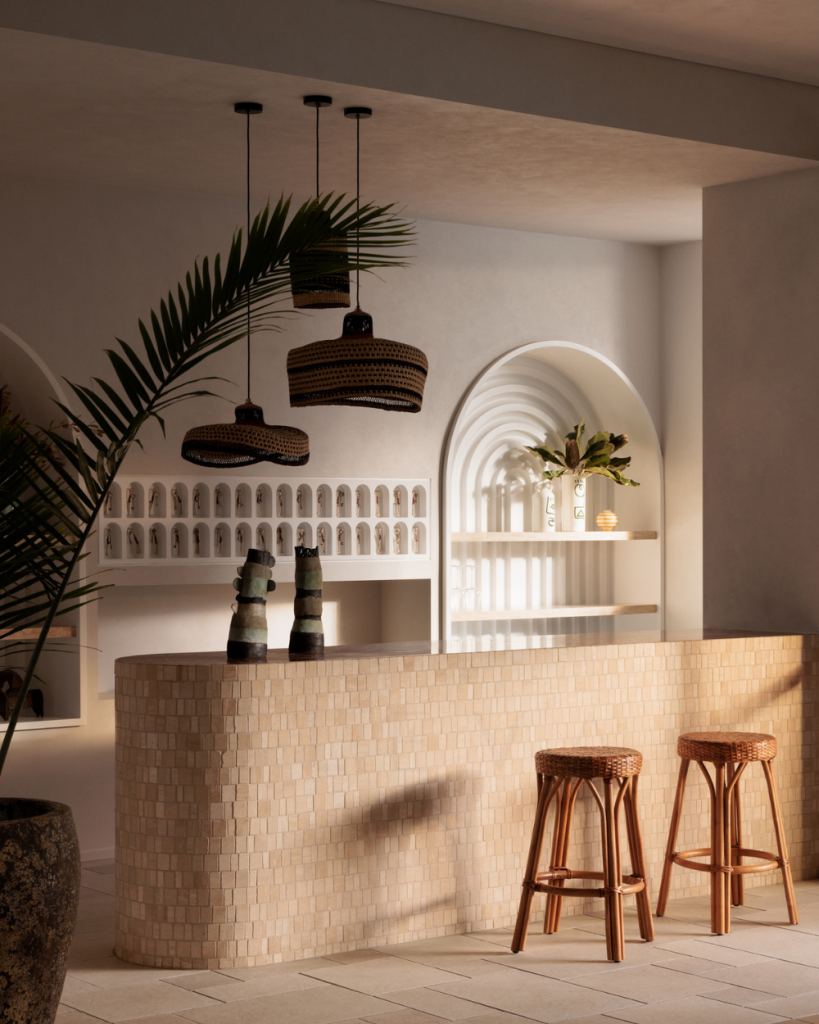
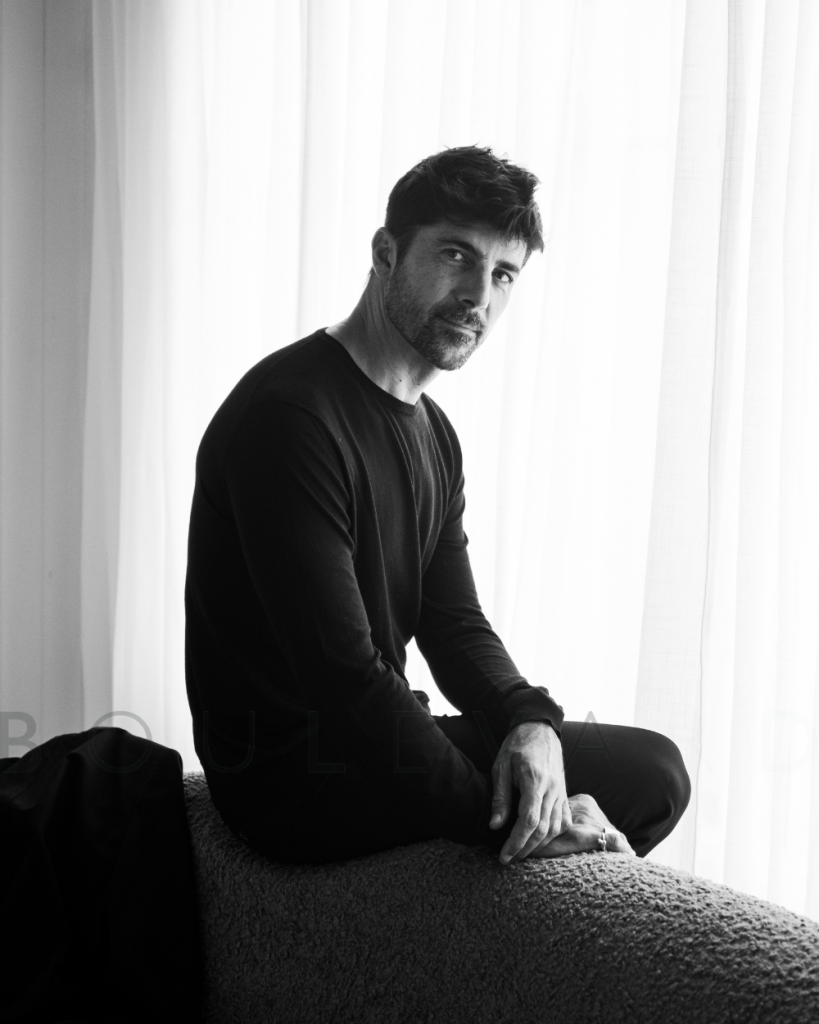
Left: Basq House in Byron Bay. Right: Studio Terrando founder and creative director, Léo Terrando, photo by Joel Benguigui. Top: First Light in Melbourne.
Boulevard: We’ve noticed shifts in residential design and coastal real estate, especially in how people are using these properties. What sets your approach apart in Byron, and how does your background shape the way you bring that vision to life?
Léo Terrando: I was born and raised in France, where I lived and worked until I was 26. In 2006, I moved to Australia and spent 15 years in Melbourne working in the design and architecture industry. Over that time, I often found myself drawn to Byron Bay—every holiday was spent here. Eventually, I realised I wanted it to be more than just a holiday destination, and with today’s technology making remote collaboration easier, living and working here became a real possibility.
I’d spent many years in a large corporate firm with big teams and projects, which was an incredible experience, but now I value something different—being part of a smaller town with a strong, creative community. Byron may feel like a bubble, but it has a thriving design scene, and while I still travel to Melbourne and Sydney for work, being based here allows me to bring a different perspective to the space.
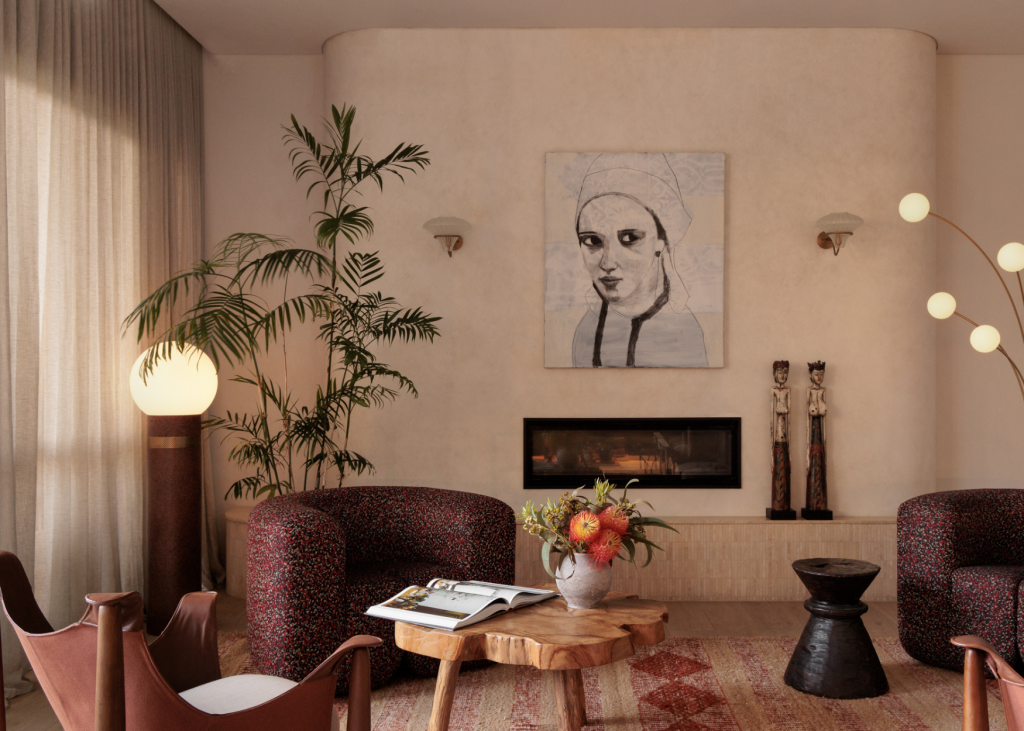
The interiors of the Basq House in Byron Bay showcase a warm palette of earthy beiges and tans. Photo by Timothy Kaye.
Blvd: Thinking about design in Byron, but also how you translate that into projects in Sydney and Melbourne—what shifts have you seen in consumer expectations over the past five years? And when people move to or invest in Byron, what are they looking for in design today?
Terrando: There are a few things here. Design in Byron Bay is quite different from Sydney or Melbourne because of the climate. Whether people are from the area or moving here, they’re after a certain look. For example, in Melbourne the style tends to be richer and darker, but when people relocate to a subtropical place like Byron, they want something lighter and to feel they’ve truly left the city for a different environment.
Design expectations have also evolved. In the past, it was mainly about meeting the client’s brief, budget, and location. Now, I find clients are more open to a distinctive style. Personally, I draw heavily from the 1970s—French New Wave and Italian modernism in particular. That era produced incredible furniture and interiors, with fewer constraints on materials and cost, and it continues to inspire much of the work I bring into projects today.
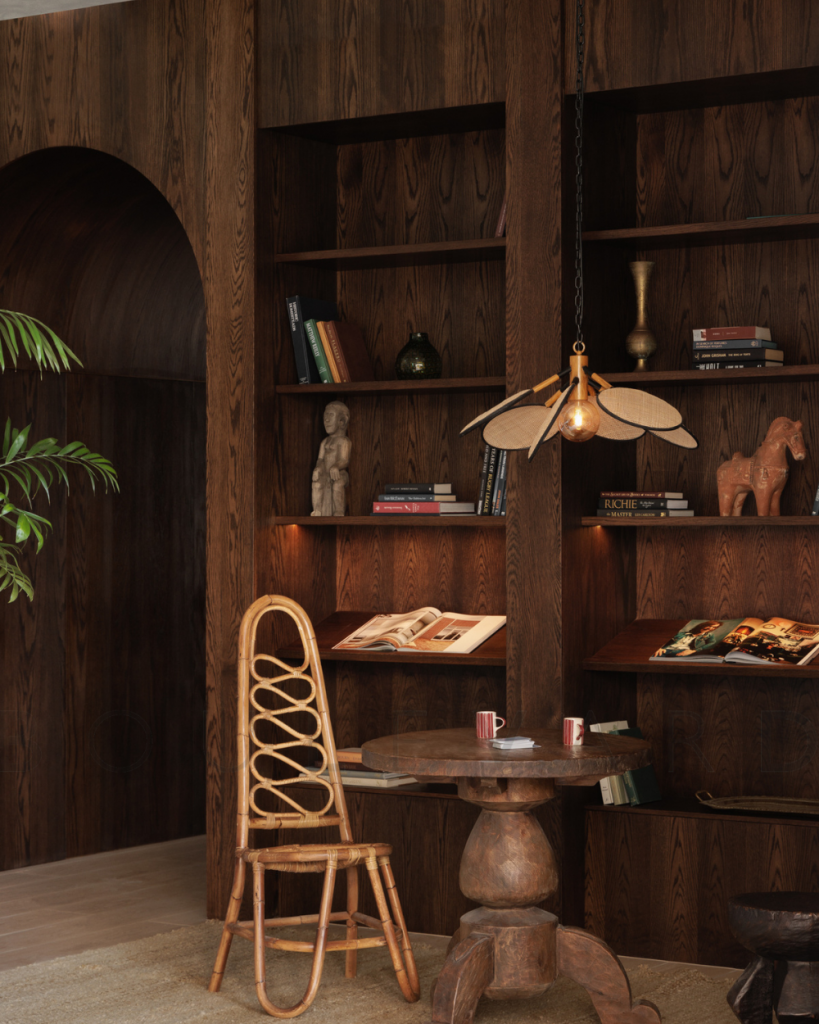
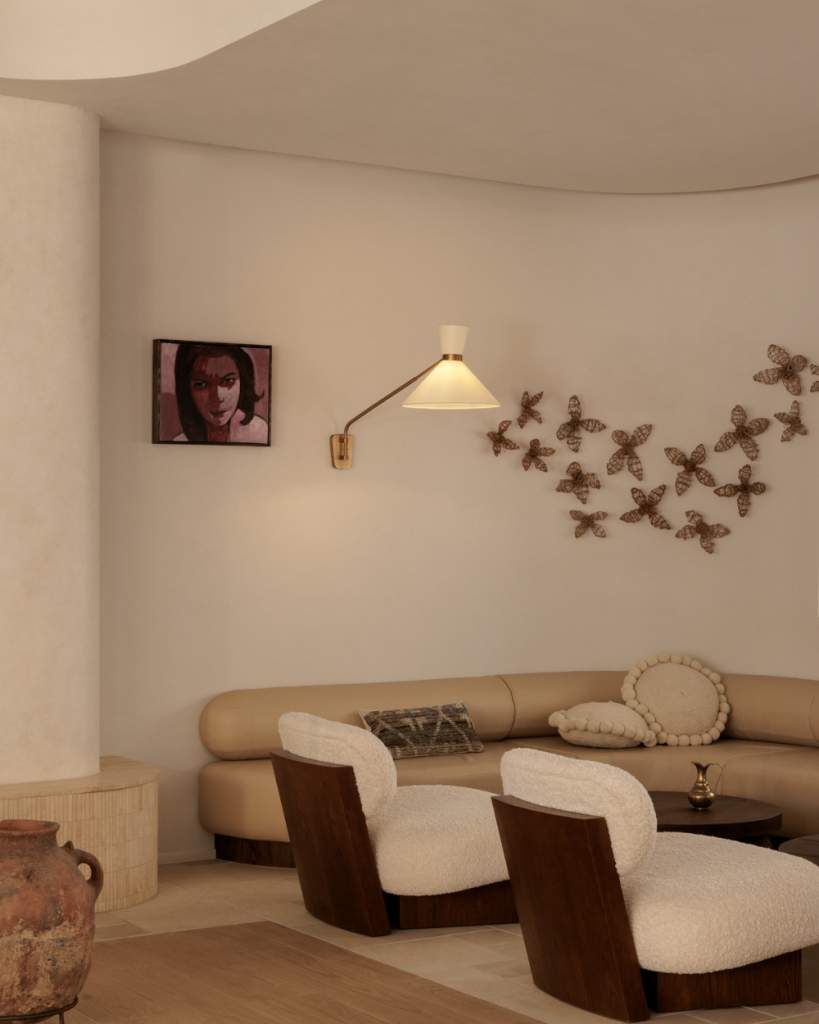
Basq House by Léo Terrando.
Blvd: Could you unpack your stylistic approach—what defines your practice, and how do you adapt it to meet different client demands?
Terrando: I work on both commercial and residential projects, and they’re really quite different. In commercial spaces, like restaurants, hotels and offices, clients usually want something high-end, but in Australia it’s often more limited—because at the end of the day it’s an investment, not a place they live in.
Where I see true luxury is in residential design. For me, luxury means exclusivity, and once it starts being repeated, it’s no longer luxury. So in homes, we focus on beautiful finishes, layered textures and a more minimal approach. But more than anything, the heart of our practice is the relationship with the client. That connection shapes everything we do, and the design really comes together through that process.
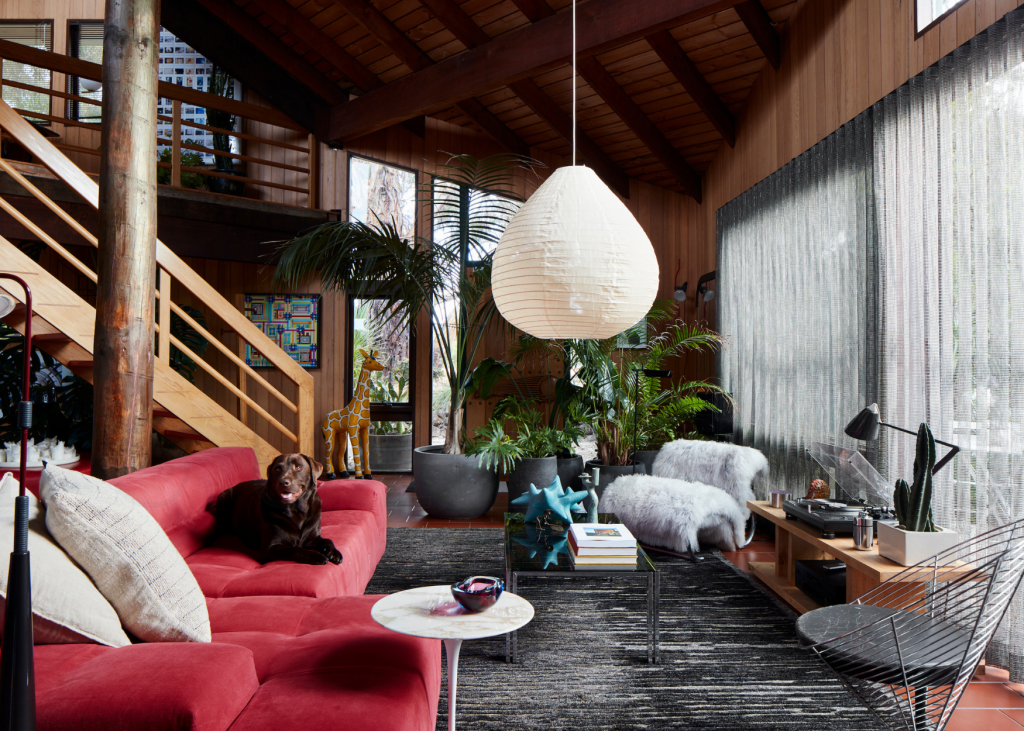
Terrando’s Kevin Borland home in Bells Beach showcases bespoke interiors blending French New Wave and Italian modernism. Photo by Willem Dirk du Toit.
Blvd: Can you share a project where your design approach really reflected the property, and the client’s lifestyle and interests?
Terrando: One example is a private residence we’re working on now in Melbourne. It’s a really high-end home—about eight years old—but we’re completely redoing the interiors. The house was essentially a blank canvas, very white and pared back, so we’re bringing in warmth with a new kitchen, office, and living spaces, along with updated lighting.
I’ve worked with these clients before, so I already have a sense of the finishes they like. Still, everything is highly tailored with a lot of detail. We begin by walking through the house to understand how the spaces actually work—where the flow feels right, where it doesn’t, and how the rooms should be used. Sometimes that means changing walls or door placements to suit how the owners live, rather than how the house was originally designed. From there, we add colour and texture that reflect their aesthetic.
What makes this project especially interesting is that it’s the third one I’ve done for them, all based in Melbourne. One was very sleek, another more rustic, and now this one sits somewhere in between. Because we already have that relationship, we can refine the design together again and again, which is really rewarding.
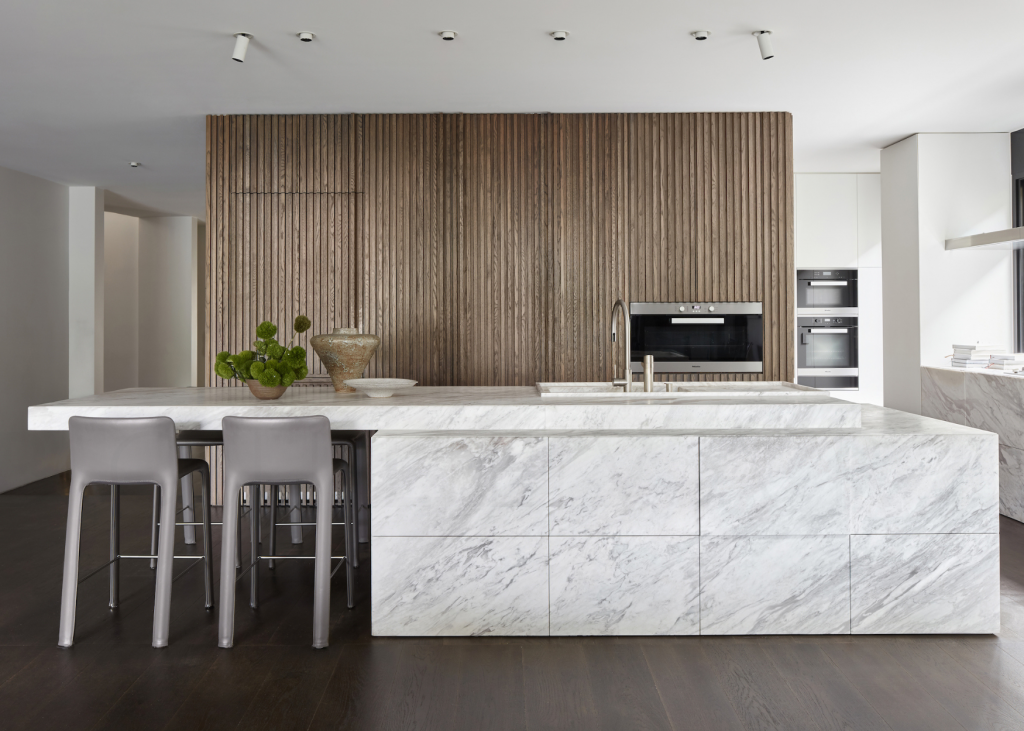
A private residence in Melbourne featuring timber and marble accents. Photo by Willem Dirk du Toit.
Blvd: How would you describe the differences in taste, expectations or trends between Melbourne, Sydney and Byron?
Terrando: Byron Bay and the Gold Coast have a very defined look at the moment—lighter finishes, warm metals like champagne, brass, nickel and bronze, paired with pale walls. It’s almost a blend of colonial interiors and a Miami vibe, which is quite different from what I’ve usually worked with, but interesting in its own way.
In Melbourne, the aesthetic tends to be darker and heavier. The climate feels colder, so the design reflects that—more interiors centred around fireplaces, richer finishes, and layered details. Sydney is more of a mix, depending on the project and the client, but I see a strong influence from London, though often interpreted in a lighter, more coastal way.
It’s a bit like how you dress: Melbourne feels sleeker and more layered, while Byron is casual and relaxed. That doesn’t mean it’s just plain white—sometimes it’s about layering different shades of white with texture, lighting and atmosphere. Each place brings its own opportunities, which makes it exciting to design across them.
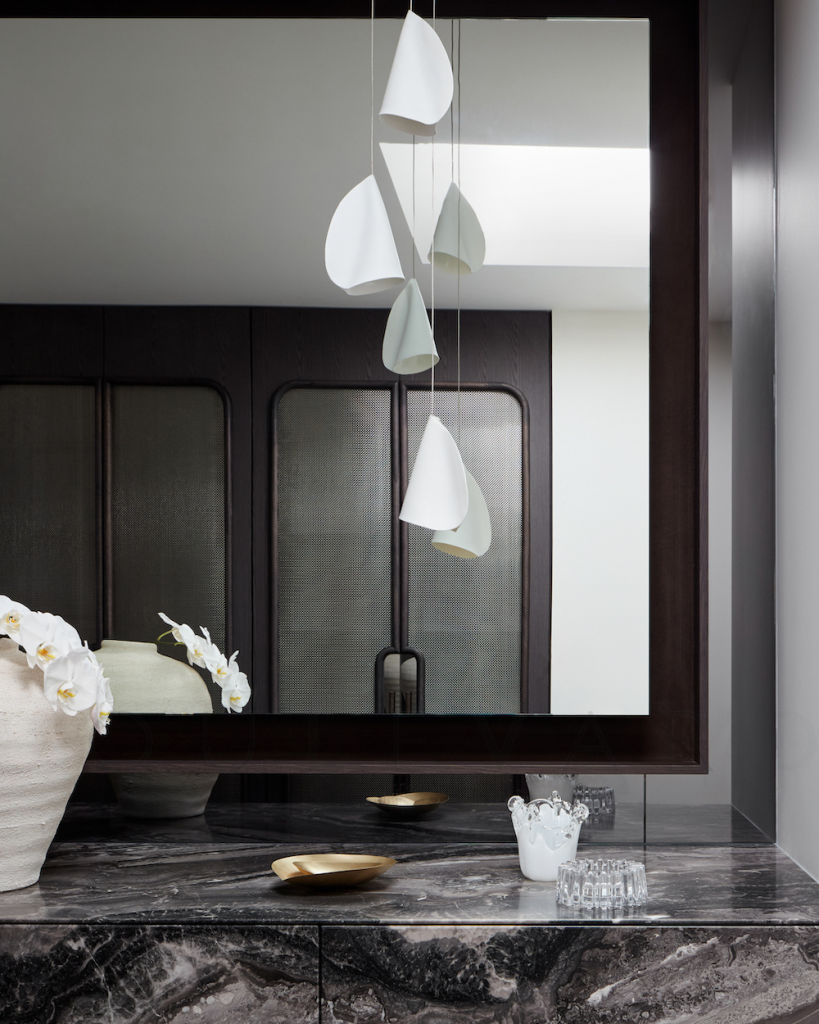
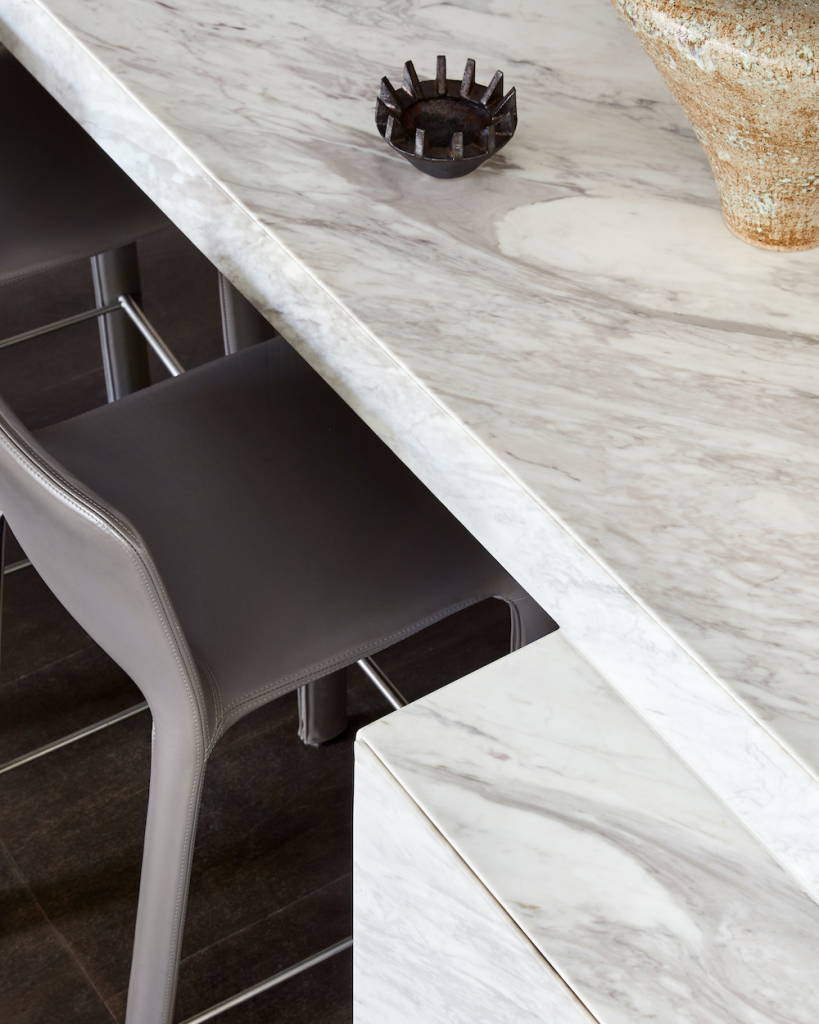
Private residence in Melbourne by Léo Terrando.
Blvd: What would you say are the main challenges in bringing these projects to life—whether it’s managing expectations or the day-to-day demands of clients?
Terrando: Budget is always one factor, but honestly I don’t see challenges in a negative way—it’s all part of the process, and I enjoy it. For me, the priority is being there for my clients. No matter the size of the project, whether residential or commercial, our team aims to deliver the best. That means not only responding to what clients need or want, but being proactive and giving them information and solutions before they even ask. To me, that’s what defines a luxury service.
The main balancing act is aligning our vision with the realities of the market—what clients want, what the trades can deliver, and how it all comes together. There’s always compromise involved, but managing that balance is part of the work, and I find it rewarding. I’ve been fortunate to have great clients and great projects, which makes the process even more enjoyable.
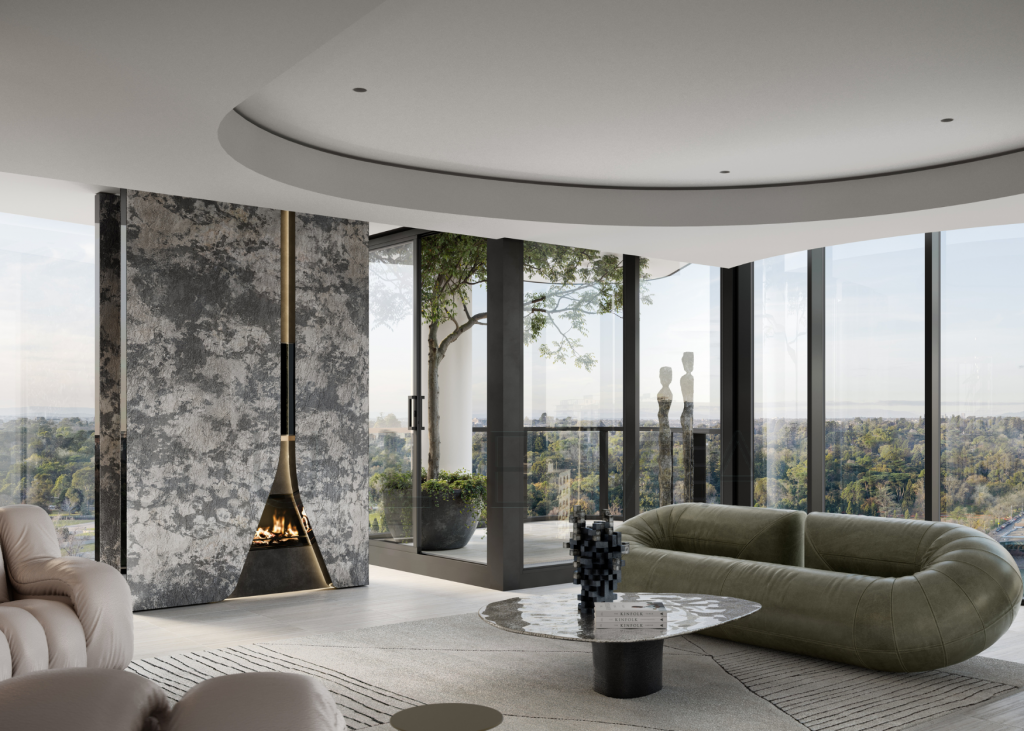
The interiors of First Light in Melbourne feature brushed nickel accents, bespoke timber veneer and pearl travertine flooring. Photo by Gabriel Saunders.
Blvd: Where do you usually look for inspiration?
Terrando: I get my inspiration from travelling—it is really important for me. I also get a lot of inspiration from films—I love old movies and the way interiors are captured. It’s always mind-blowing and a great source of ideas.
Blvd: Your style has a real cinematic glamour to it, almost like a mise en scène. On a different note, we also like to get a sense of the market from a business perspective—how do you see things at the moment? Is demand growing, are budgets healthy, or is there some pullback?
Terrando: In luxury residential, I feel the market doesn’t really change. Whether it was ten years ago, now, or looking ahead, the budgets are usually solid when someone decides to invest in interiors. So for us, there really aren’t many challenges on that side.
Commercial projects are a bit different, of course—there’s often more pressure to achieve the highest quality at the lowest cost. But in residential, particularly with the clients I work with, it’s very much about bespoke, one-of-a-kind design. The motivation isn’t about cutting corners, it’s about creating something unique, or simply refreshing a space because they want something new.
Go further with Studio Terrando.
Read next:
